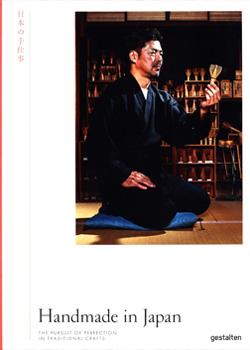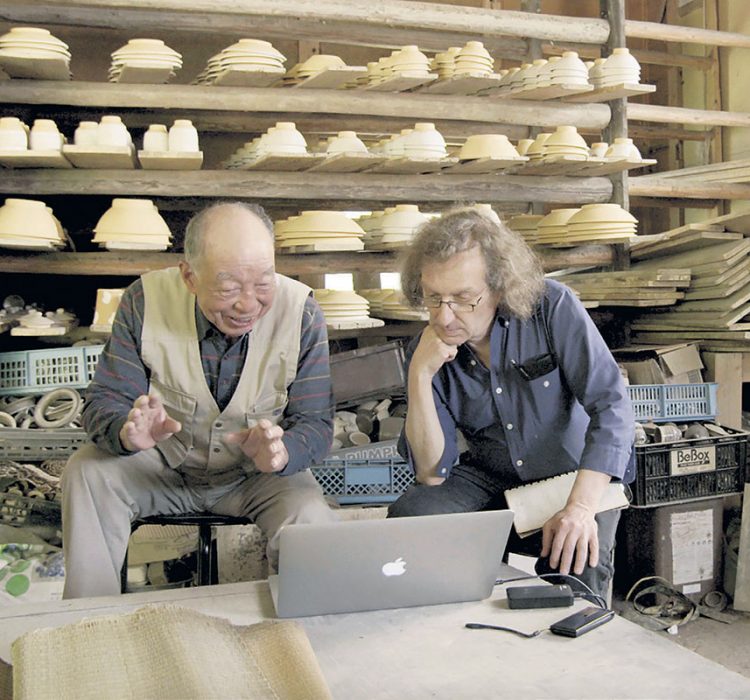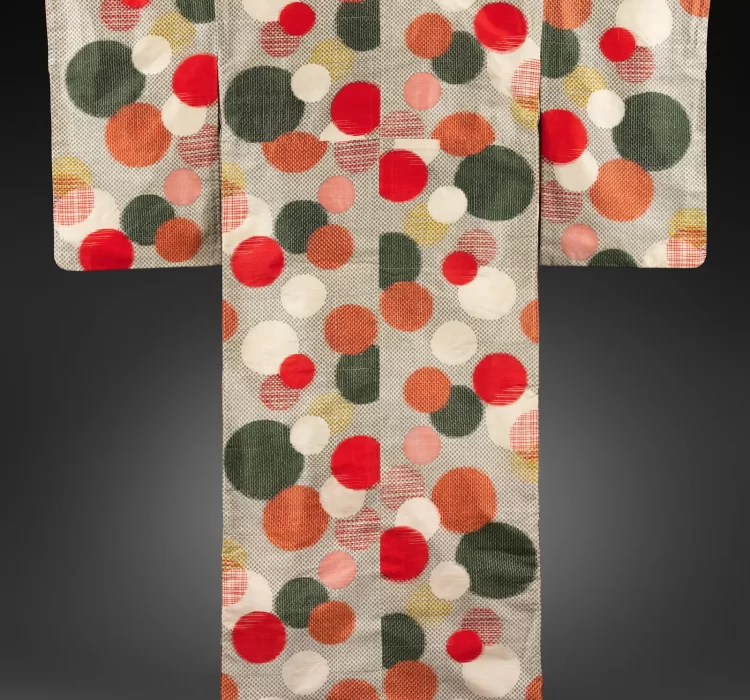
Aug.09
The Obsessed: An Interview With Irwin Wong by Gestalten
Aug.09
From Lolita fashion and latex couture to neon-drenched big-rigs, anime-plastered vans, and chrome-heavy hot rods, subcultures in Japan are as varied as they are fascinating. Irwin Wong, co-editor of The Obsessed, delves into these worlds in order to reveal the extraordinary passion devotees have for their hobbies and lifestyles. An editorial and commercial photographer based in…

Aug.06
Handmade in Japan by Irwin Wong (reviewed by The Japan Society)
Aug.06
If like me you have an appetite for exploring all things related to Japanese design and crafts, Irwin Wong’s introduction to Handmade in Japan will surely prompt you to investigate further. Wong is a well-known commercial photographer based in Tokyo, so on the book’s announcement I knew it would be filled with evocative images of Japan and…

July.27
Film, Pottery, and the Mingei Movement: A Conversation with Marty Gross by IIAS
July.27
Marty Gross is a filmmaker and producer based in Toronto. He also founded and runs the Mingei Film Archive Project. Established in the 1920s in Japan , the Mingei Movement championed the beauty of everyday, homemade objects. Over the past few years, Marty Gross has overseen the restoration and remastering of a vast collection of…

July.14
Elizabeth Andoh: A Taste of Culture – YAKUMI condiments
July.14
Food cultures around the world employ various aromatic herbs and spices to stimulate the appetite and promote healthful eating. Japan has a long history of using yakumi, best translated as “condiments,” that enhance flavor while providing a benefit to the body in some manner. Indeed, the Japanese word yakumi is written with calligraphy for “medicine” and “flavor,” suggesting…

July.12
Maki Aizawa and the hidden art of kimono-making by the Sonoma Index-Tribune
July.12
Textiles artist Maki Aizawa’s original line of kimono-inspired jackets are featured in the prestigious Santa Fe International Folk Arts festival this month. She’s humbled to be sharing kimono-making techniques which she applies to the modern-designed jackets, her way of giving visibility to what she describes as “a dying art form.” But despite designing and sewing…

June.23
The Man who Builds Houses in Trees by Pen
June.23
Takashi Kobayashi, founder of Japanese company TreeHouse Creations, is fascinated by the vitality and aura of trees. It was while admiring the beauty of a Himalayan cedar that he felt this spark, one that would never leave him and that would inspire him to build his first treehouse. This was in 1994, somewhere in a little…

June.21
Recipe for ‘Sakura Mochi’ by Mathilda Motte on Pen
June.21
With their pink hue, sakura mochi instantly evoke the colour of cherry blossom, and indeed this is the origin of their name, as sakura is the term for cherry trees and their flowers in Japan. Mathilda Motte, founder of La Maison du Mochi, shares the recipe to make them in her book Mochis. In it, she groups the recipes according to the…

June.15
The Tenacious Quest to Find the World’s Best Rice by Taste
June.15
The World’s Best Rice comes in a sturdy, gold-embossed box containing six slender packages. Sold for ¥10,800 for 840 grams (that’s $95 for less than 2 pounds), it’s nearly 30 times more expensive than what you’d pay at a supermarket in Japan. The Guinness World Records named it the priciest rice on the planet in…










